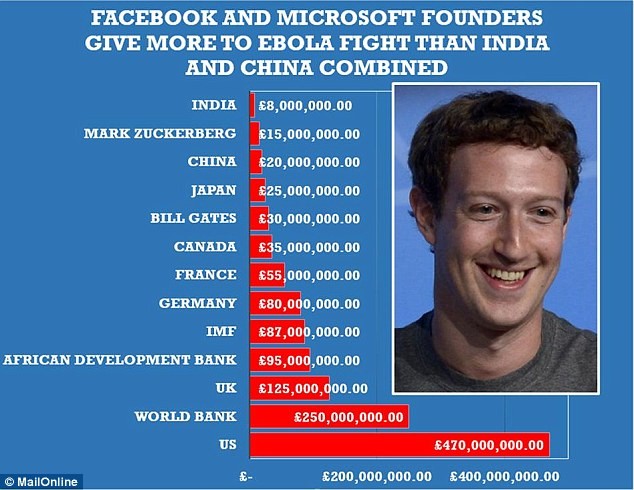The Skinny on Utilities Funds US News
Post on: 4 Апрель, 2016 No Comment

These funds can be strong dividend-paying investments.
Utilities mutual funds and ETFs have historically been defensive investments because they can offer yields that provide some cushion in bear markets. These funds may be an appropriate investment for those who are looking for noncyclical or defensive investments, as the demand for gas, electricity, and water utilities is constant throughout market cycles and therefore leads to consistent dividend yields. Over the past decade, many of the funds have added unregulated utilities companies and emerging-market investments to their core regulated utility holdings, increasing their volatility. Currently, there are 23 utilities mutual funds and 19 utilities ETFs, according to Morningstar. U.S. News spoke with mutual fund analysts about how investors can use these funds, how they perform in bull and bear markets, and how they respond to interest rate changes.
Role in portfolio
Utilities funds aim to provide growth, as well as current income through dividend yields, says Peter Greenberger, the manager of mutual fund research at Raymond James. Utilities mutual funds invest in regulated electricity, natural gas, or water utility companies, and some hold shares of related unregulated businesses, such as independent power producers and natural gas pipelines. They may also invest in telecommunication and cable TV businesses. Utilities ETFs mainly invest in regulated utility companies and fewer related unregulated businesses, says David Kathman, a Morningstar mutual fund analyst. Utilities funds primarily invest in stocks, and while almost all have the ability to invest in bonds, most have only a nominal exposure to them, Greenberger says.
Traditionally, utilities funds were thought of as funds for risk-averse people who wanted good and strong dividends, but they are less so now with more emerging-market exposure. They can be good for anybody as a diversifier, as long as they treat them right and do not put too much of their money into them, Kathman says. Since utilities funds are sector funds, they should be used to diversity a portfolio but should not be a core holding, he says. Depending on the utility fund, they can add a little yield or safety. These funds can also add a little more spice and overseas exposure to a portfolio as well, Kathman notes. He recommends investors allocate a relatively small proportion of their portfolio, in the 5 percent range, to these funds.
Utilities mutual funds versus ETFs
One of the main differences between utilities mutual funds and ETFs is that the ETFs can be traded throughout the day. ETFs also have lower expenses than mutual funds, although investors typically pay brokerage fees when buying or selling ETFs. If an investor is planning to hold on to a fund for a long time, an ETF would be more cost-effective than a mutual fund, Kathman says. Another difference is that ETFs track indexes composed of regulated utilities and are thus passively managed, while the majority of utilities mutual funds are actively managed. Diversified utilities ETFs tend to be slightly more stable since they follow an index of mainly regulated utilities, whereas actively managed utilities mutual funds can be slightly more volatile since they sometimes invest in unregulated power companies and telecoms, Kathman says.
Bull and bear markets

The three largest utilities mutual funds, which each hold more than $2 billion in assets, include Franklin Utilities (symbol FKUTX), MFS Utilities (MMUFX), and Jennison Utility (PRUAX). Kathman sees Franklin Utilities as a more conservative investment. The fund mainly invests in domestic regulated utilities companies with high yields. It outperformed many of its peers in 2008 when it ranked in the top sixth percentile of its category but lagged in 2009 with returns in the bottom third of its category. Kathman says that investors gravitate to safer and more defensive stocks, like regulated utilities, during down markets. He says MFS and Jennison are slightly riskier investments with more exposure to foreign and emerging markets, with roughly 30 percent and 20 percent in foreign stocks, respectively, compared with Franklin’s 7 percent exposure. MFS and Jennison have more exposure to natural gas and energy stocks, so when these stocks were hit hard in 2008, the funds plummeted, both returning in the bottom quartile of their category. But when these stocks soared in 2009 along with emerging markets, the funds bounced back, with MFS returning in the top seventh percentile and Jennison returning in the top 18th percentile of their category.
Kathman says the largest utilities ETF is the Utilities Select Sector SPDR (XLU), which has $3.4 billion in assets. The second- and third-largest utilities ETFs include iShares Dow Jones U.S. Utilities (IDU), with $496 million in assets, and the Vanguard Utilities ETF (VPU), with $491 million in assets, according to Morningstar. Annual fees for these ETFs range from 0.21 percent to 0.48 percent, much lower than the expense ratios of the aforementioned utilities mutual funds, which range from 0.8 percent to 1.1 percent.
Interest rate risk
Utilities mutual funds and ETFs are sensitive to changes in interest rates. The rising and falling of interest rates make high-yielding stocks, including many utilities, more or less attractive, Kathman says. When interest rates are low and cash investments like money market funds aren’t yielding much, investors search for higher-yielding investments, such as utilities stocks. When interest rates rise, low-risk investments like money market funds become more attractive for investors seeking yield, and utility stocks become less attractive, with all else being equal, he says.














